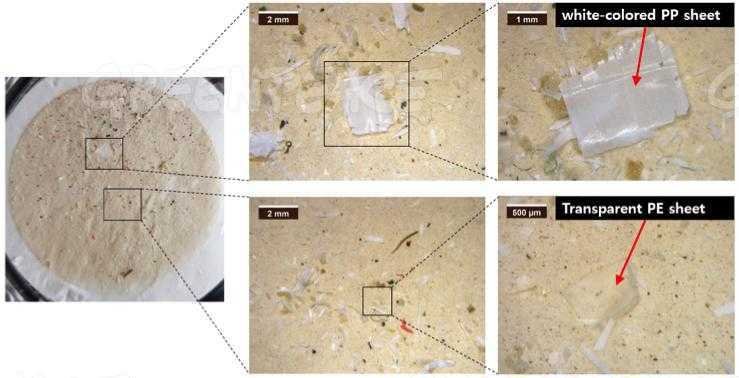Salt containing plastic? The problem of plastic pollution may seem far removed from our daily lives until we realize that we are literally pouring plastic into the plate we eat.
A new study which looked at 39 different brands of salt from around the world, discovered microplastic on 36 of them. The percentage reaches 92 per cent.
It is a strong reminder that our addiction to disposable plastics affects our ecosystems.
"Recent studies have found plastics in animals, marine animals, tap water and now salt", said in a statement Mikyoung Kim, of Greenpeace East Asia, who collaborated on study.
"It is clear that there is no escape from this plastic crisis, especially as it continues to flow through our waterways and oceans."
The amount of plastic in salt varies by brand and country, according to the study, published this weekteam in Environmental Science & Technology. There were three that contained no plastic at all and some with just 28 pieces of microplastic per kilogram (kilo) of salt. The very burdened cases had up to 13.000 kmeyeof microplastics per kilogram of salt.
The diagram below shows the amount of microplastics per salt country of origin.
The concentration of plastic was higher in sea salt compared to mineral, or salt coming out of lakes. The highest levels were found in the Asian countries, with Indonesia having the highest concentration of microplastics.
Based on the above findings, researchers estimate that the average adult consumes 2.000 microplastic pieces each year only from salt.
Good Appetite ..
___________________________
- iGuRu.gr Closed Support Team on Facebook
- Kodachi Linux 4.3 anti forensic anonymous operating
- Windows 10 blocks the installation of Firefox & Chrome
- Canonical has posted statistics for users of Ubuntu 18.04 LTS
- Why does Google Translate send you religious prophecies?





